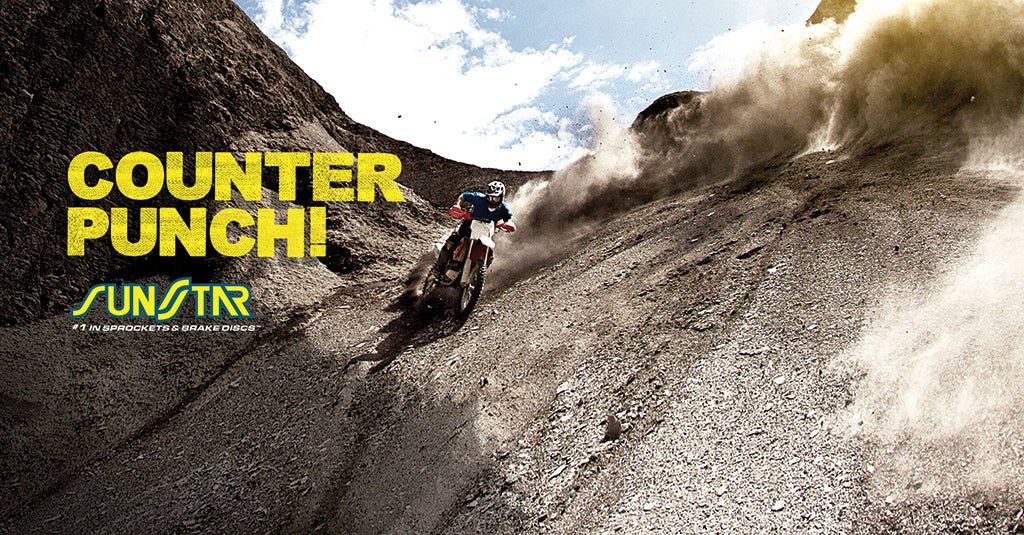
Let’s face it. A bike’s rear sprocket gets the bulk of the love and attention. Maybe that’s because it’s right out there in the open where everyone can see it. Perhaps it’s because it’s large and in charge of spinning that rear wheel and converting all that engine torque into forward motion where the rubber meets to road. Or the dirt. But your bike’s drivetrain has another rock star that is often overlooked and really deserves some of the spotlight: the countershaft sprocket.
The unsung hero. It may be small. It may go unnoticed up there at the back of the engine and transmission. Heck, it may even be hiding behind a cover. But it’s doing an important job up there at the front of the line. The countershaft sprocket takes the power output of the bike’s engine and transmission directly from the transmission’s output shaft (countershaft) and begins the process of converting the power from that small rotating shaft into power that’s usable at the rear wheel to propel the bike at speed. It’s on the front line of power delivery.
A tough little brute. Because it’s small, in many ways the countershaft sprocket must work harder than any other component in your bike’s drivetrain. The laws of physics (you paid attention in physics class, right?) tell us that the smaller the sprocket is, the greater the mechanical forces are that it must endure when that engine and drive chain are connected to it. Compared to the much larger rear sprocket, the countershaft sprocket has fewer gear teeth to spread those forces across. Meanwhile, the chain must wrap around a much tighter circle on the countershaft sprocket, which creates greater resistance and wear. In addition to having fewer gear teeth to do the job, that smaller countershaft sprocket spins more rotations every mile than the larger rear sprocket does. That means that each gear tooth on the front sprocket is subjected to the forces of pushing and pulling power many more times than the rear sprocket.
Almost too much to handle. When a mechanic changes gear ratios by decreasing the size of the front sprocket to achieve more power, the mechanical forces and effects of the chain wrap become even more pronounced, resulting in increased wear and shorter life (NOTE: adding tooth count to the rear sprocket is most often the better way to achieve the same result. And, since one tooth change to the front sprocket is equal to 2-3 teeth on the rear, “tuning” the gear ratio is more manageable at the rear sprocket. Learn more about that by reading, “The Tooth Fairy”)
A proven performer. So, you see, the front sprocket deserves some serious love and respect. And that’s why motorcycle manufacturers are careful to specify OEM components that are up to the task. The Sunstar Powerdrive Countershaft Sprocket has been the choice of top motorcycle manufacturers and has been proven on the trail, the track, and the tarmac for more than 60 years. Yep, more than a half century. Each Sunstar Powerdrive Countershaft Sprocket is constructed using the strongest chromoly steel available to handle those mechanical forces and deliver maximum durability and reliability. And, since the countershaft sprocket tends to be up there doing its job while getting hammered with water, mud and muck, the sprocket surface is given a Parkerizing treatment for greater rust and corrosion resistance.
Check out the Sunstar Countershaft Sprocket and other high-performance drivetrain components for your machine at sunstar-braking.com. Need help selecting the right parts for your needs? Hey, just ask!
